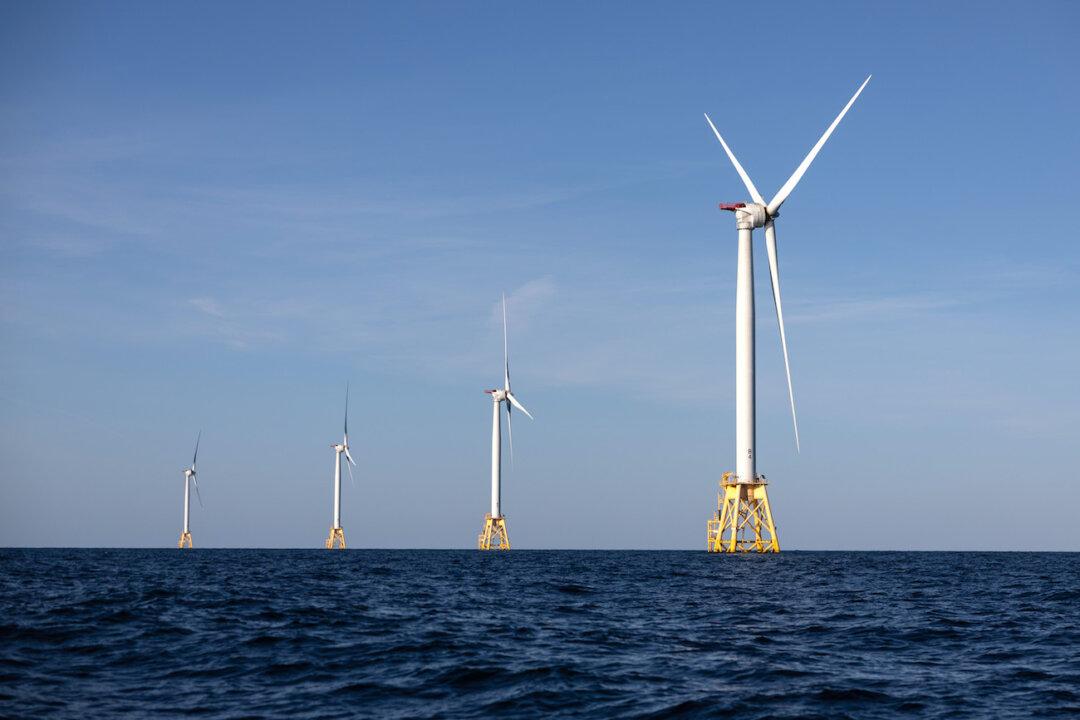America is a free market economy, and for the most part, this means we are free from intense government planning, and allow market forces to dictate economic dynamics.
If the government wants to kick-start a certain program, like wind power, incentives like tax breaks, financial subsidies, and regulatory guidelines are offered, but then the government typically takes a step back.





